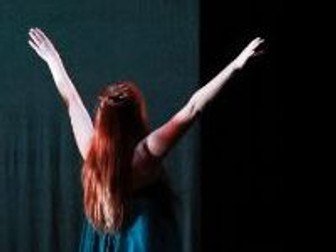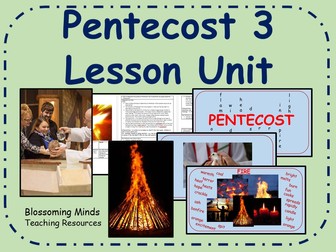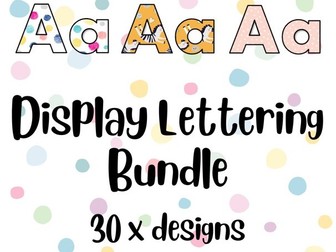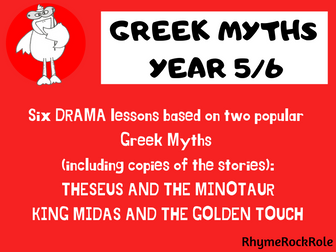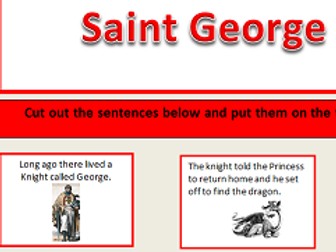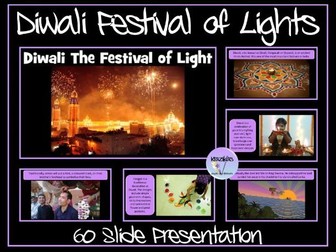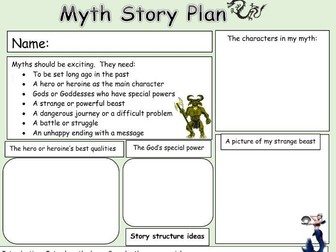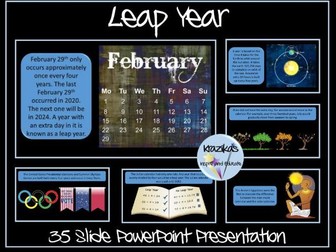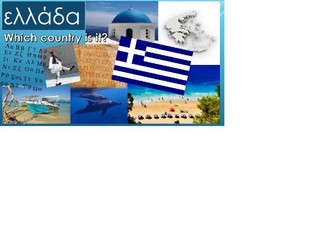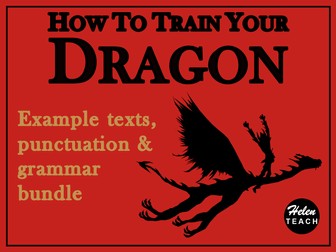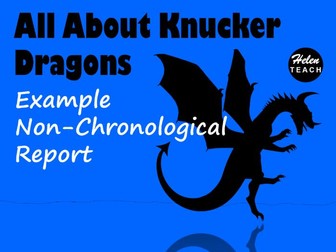
Dance lessons linked to Greek Myths
For anyone teaching the Ancient Greeks or Greek Myths here are 3 easy to deliver, creative dance lessons that will have your students active, fire their imaginations and develop their creative skills and team working.
The first lesson uses the sailing ship crashing onto the island of Crete; the second explores the maze and the third lesson uses the theme of the battle. These could be developed further by being linked together to creative the narrative & then further still by being repeated in reverse order to show Theseus leaving the maze and returning home.
The lessons come with suggestions for instrumental music that can be accessed through itunes or YouTube.
If you require any further help or support I deliver inset to help your school devise and deliver high quality dance lessons linked to curriculum themes.
